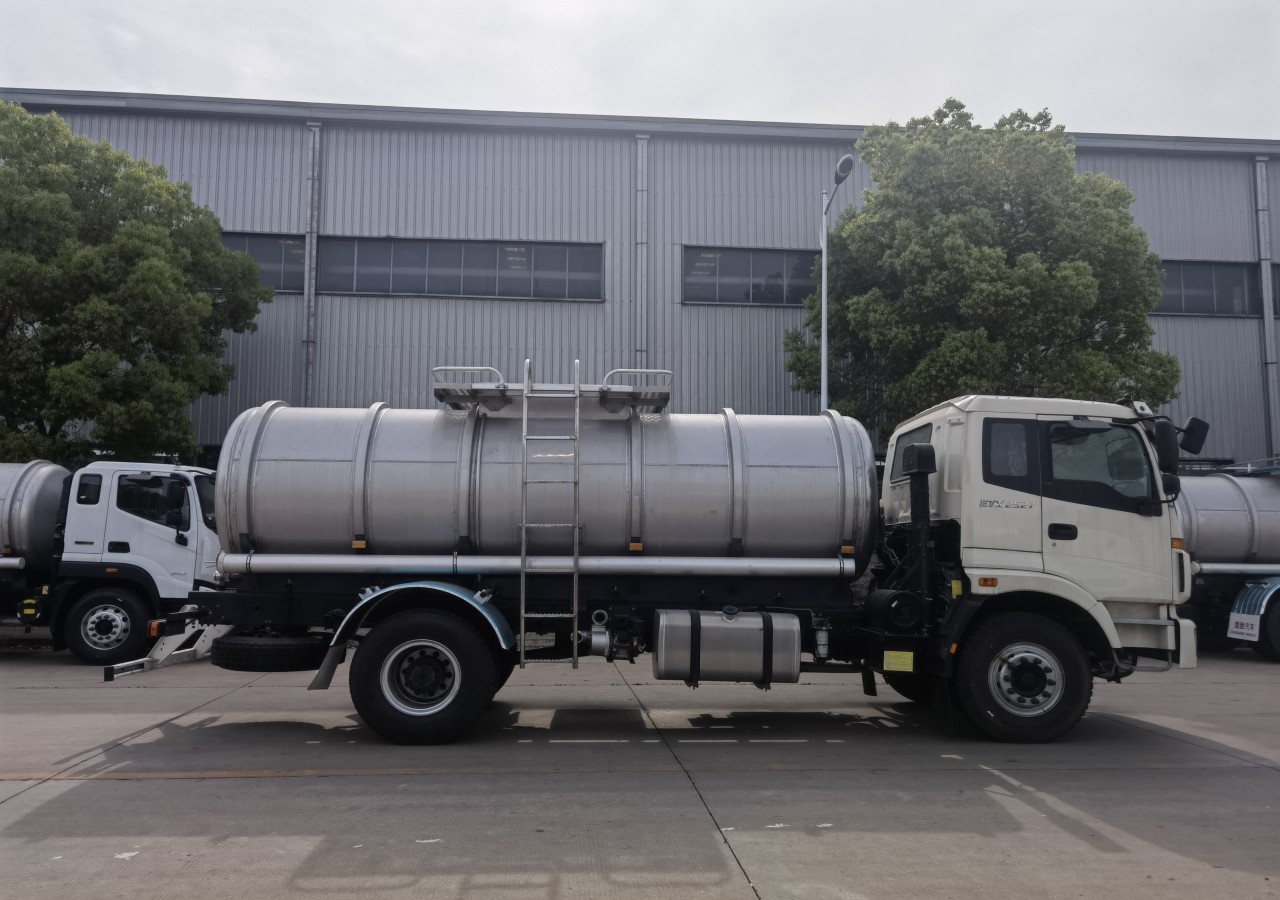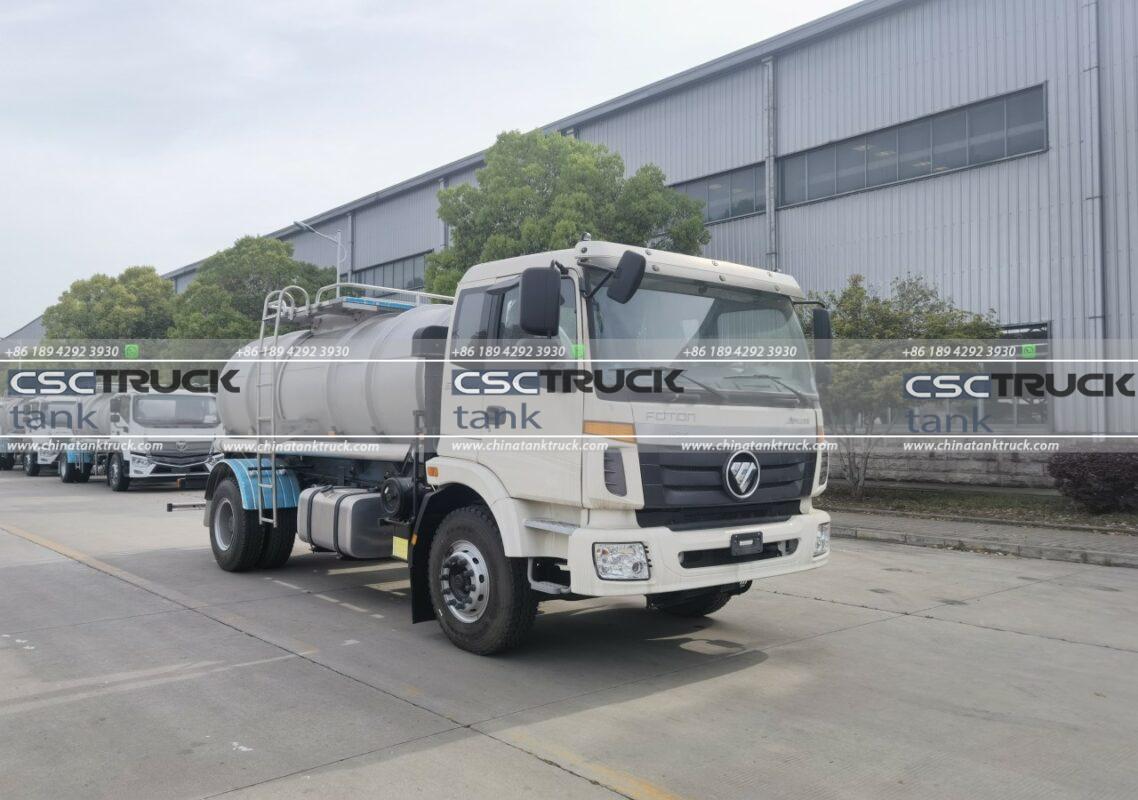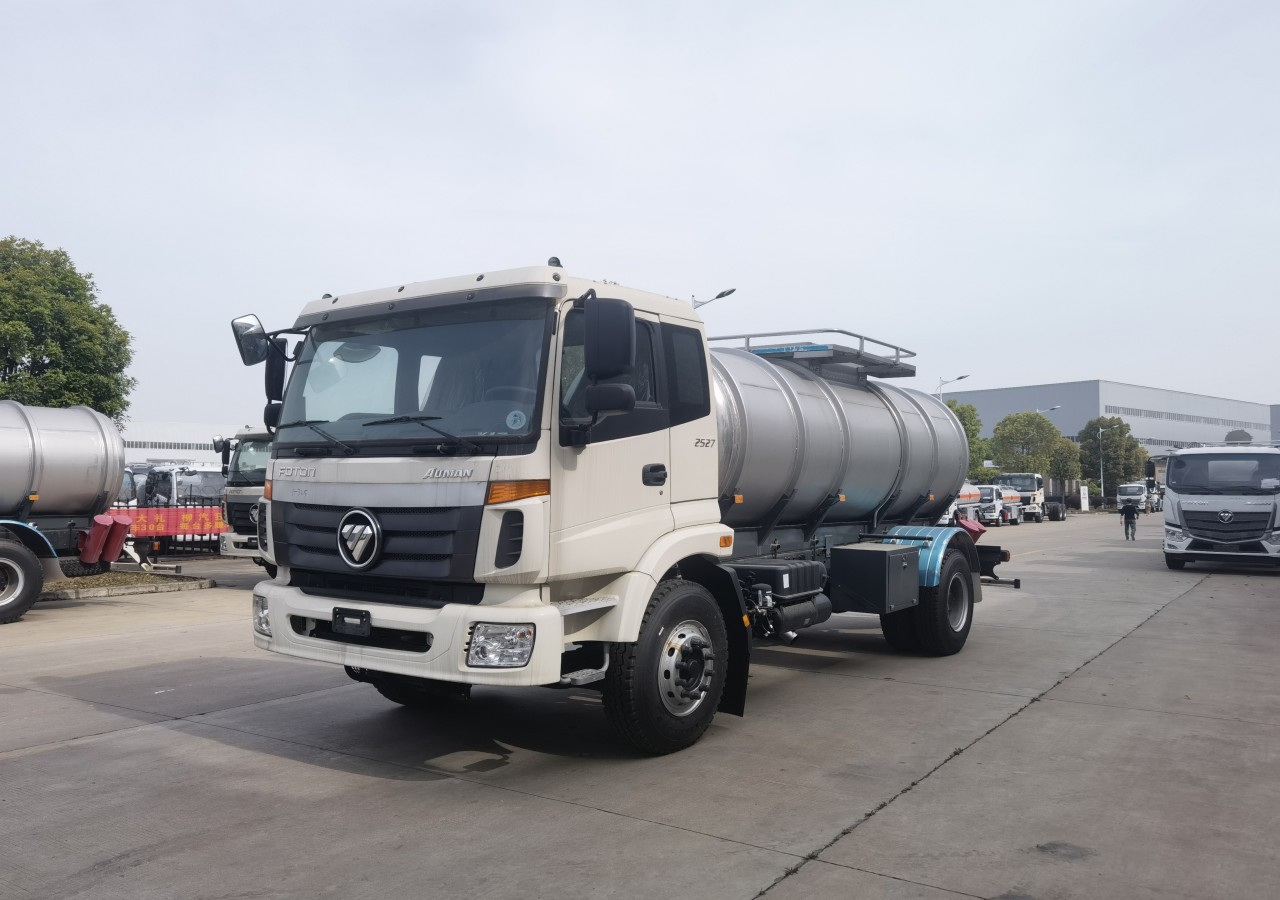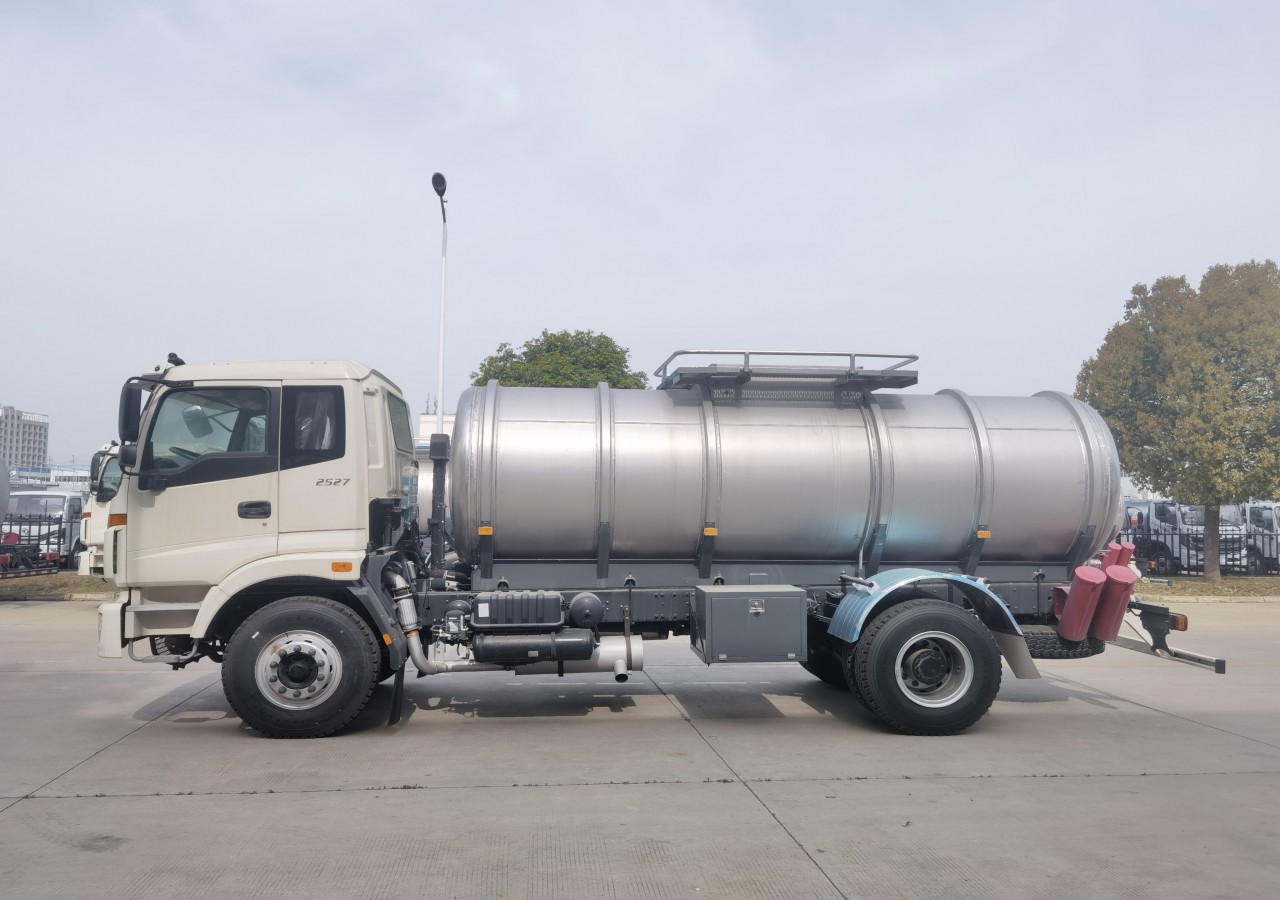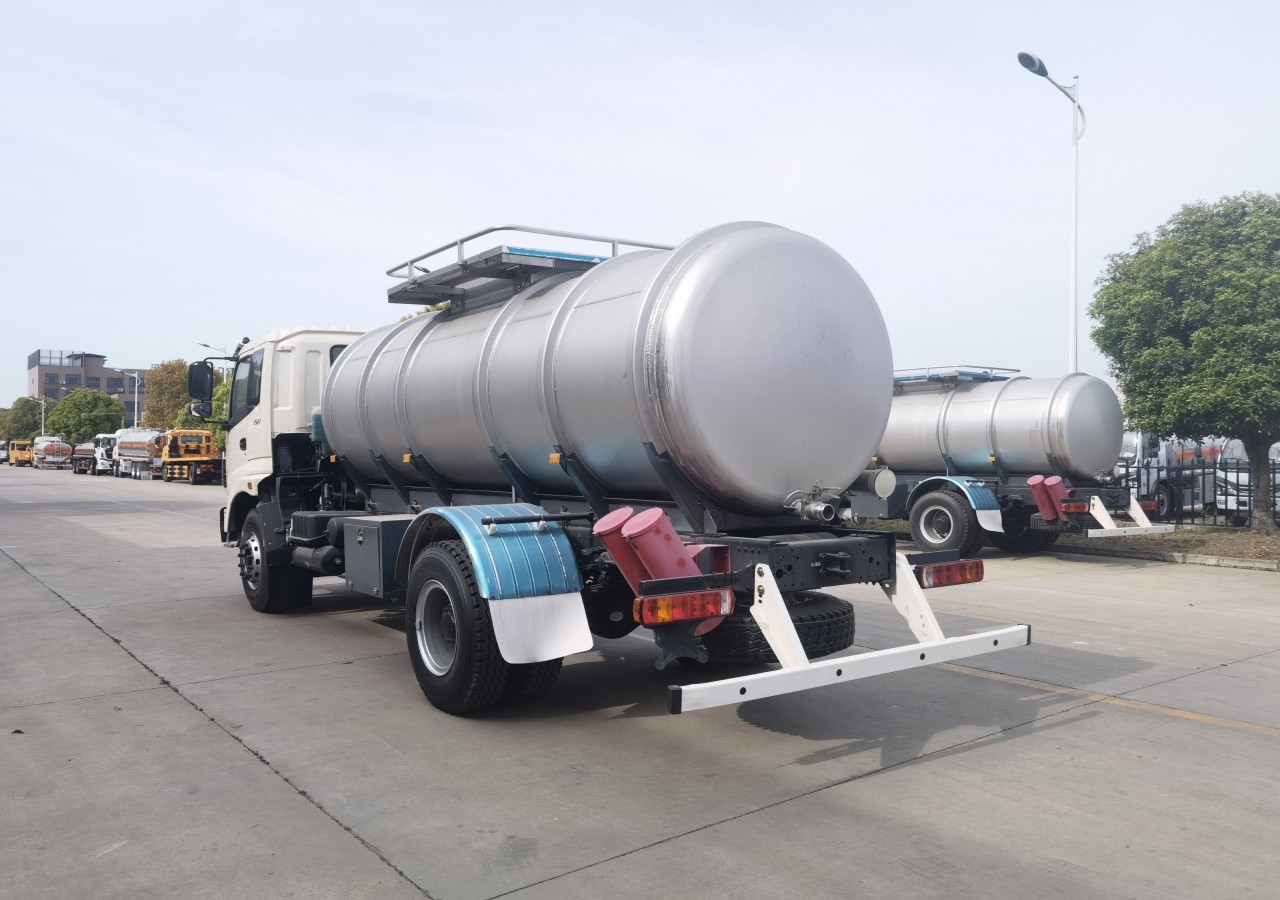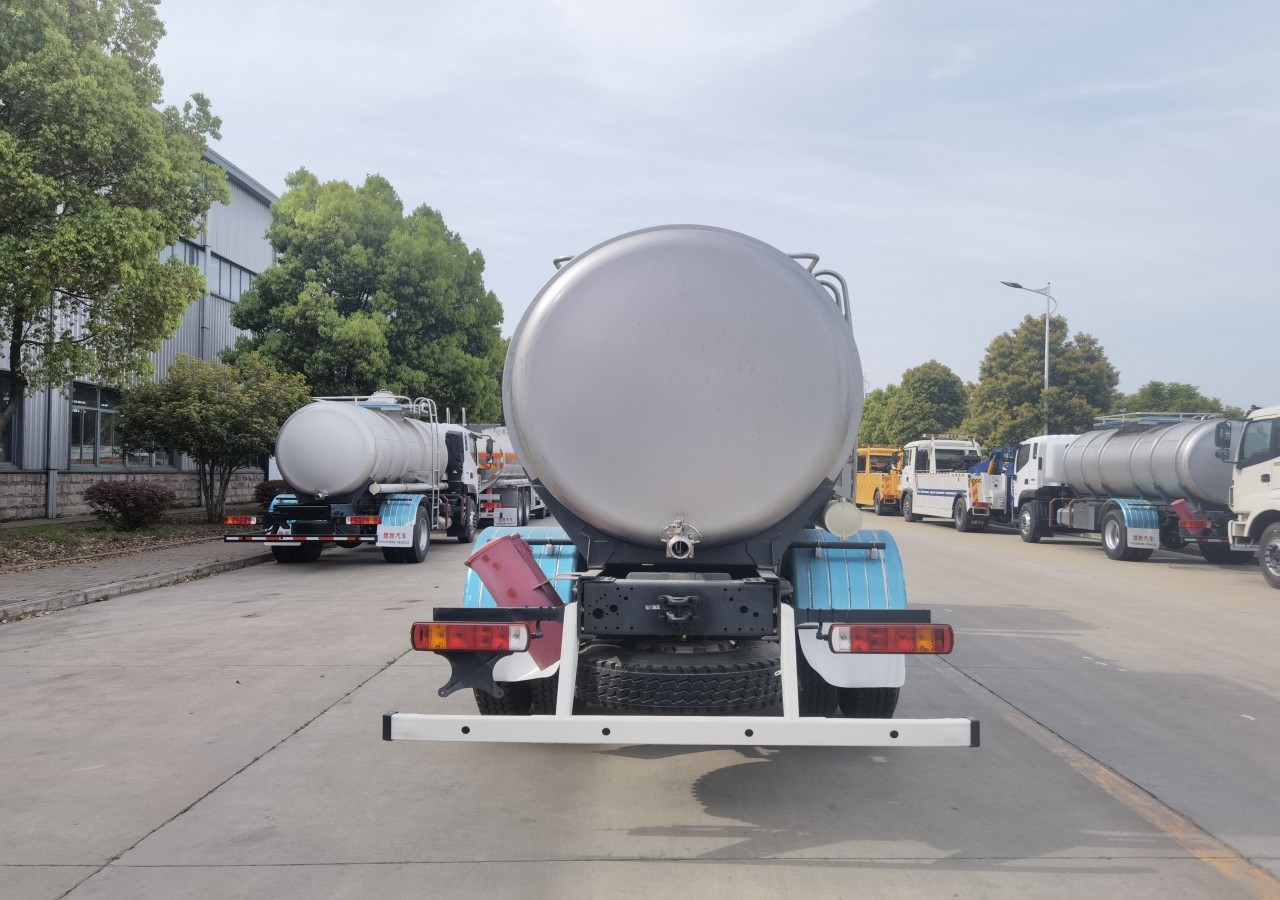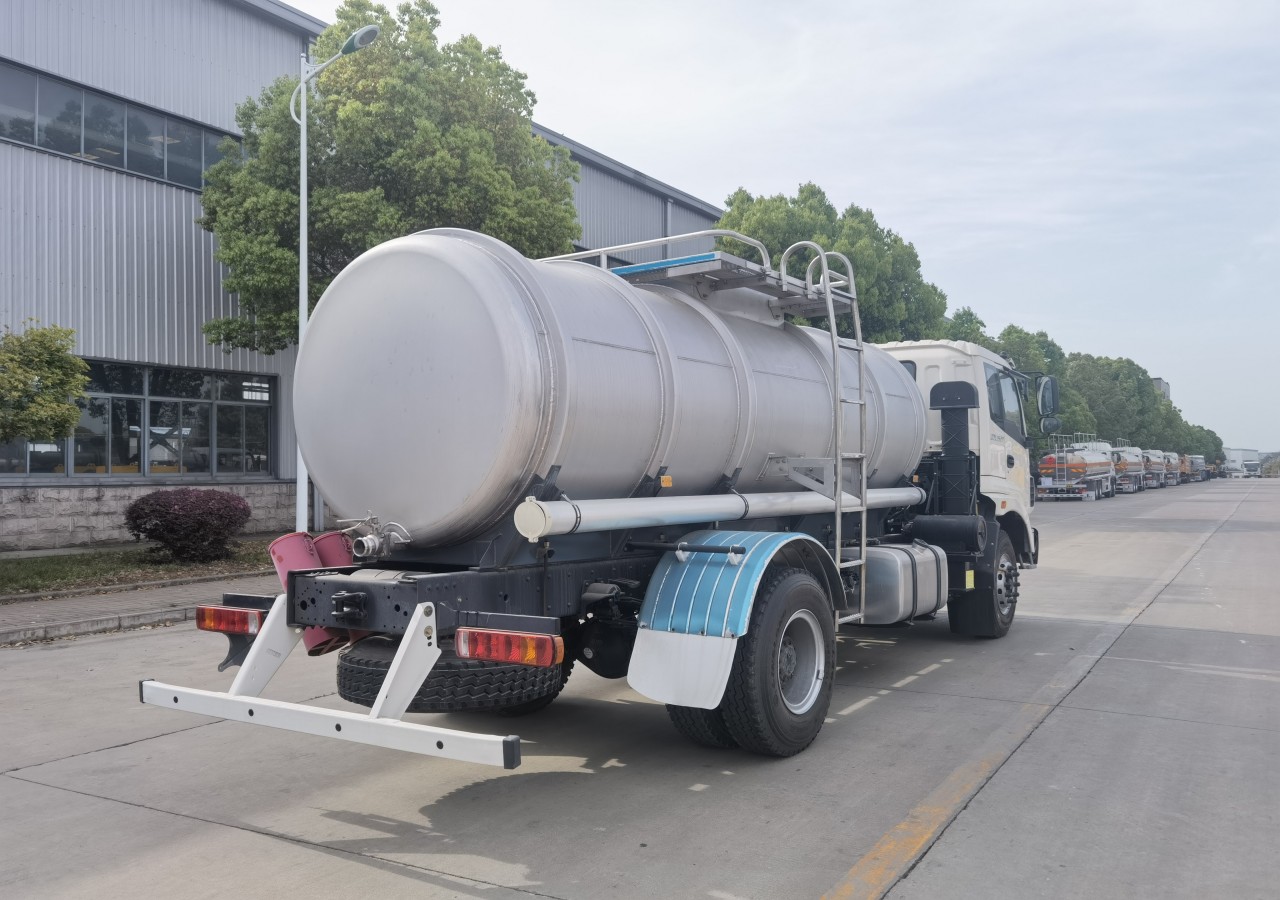Water trucks play a vital role in a wide range of industries—from construction and mining to agriculture, fire control, and dust suppression. While they vary in size and function, one common feature among most water trucks is the rounded shape of their tanks. This seemingly simple design choice carries a wealth of engineering logic and practical benefits. In this article, we explore the reasons behind the rounded construction of water trucks, examining the scientific, structural, and operational advantages that make this shape a preferred option in tank design.
The Basics of Water Truck Design
A water truck consists of 3 main components: the truck chassis, the tank, and the water distribution system. The tank is the part responsible for storing and transporting water. It is usually mounted on the back of a commercial truck or trailer chassis and is fitted with pumps, valves, and spray heads to control the release of water.
Water trucks are used in multiple scenarios, such as:
- Dust control on construction sites and unpaved roads
- Soil compaction for road building
- Firefighting and emergency services
- Irrigation in agricultural fields
- Water delivery to remote locations
Due to the high volume and weight of water (1,000 liters equals 1 metric ton), the design and shape of the tank become critical to ensure safe and efficient operation.
The Structural Advantage of Rounded Tanks
The most fundamental reason water trucks feature round tanks is due to stress distribution. When a container holds a liquid like water, internal pressure is exerted outward in all directions. A cylindrical shape allows this pressure to be distributed evenly across the surface of the tank. In contrast, flat or angular surfaces like those in a rectangular tank create points of stress concentration, especially at the corners, which can lead to material fatigue and eventual structural failure.
Rounded tanks eliminate sharp corners and allow the force exerted by the liquid to be uniformly absorbed. This minimizes the risk of cracks, ruptures, or leaks, making the tank not only stronger but also more durable over time.
Easier to Manufacture and Maintain
From a manufacturing standpoint, producing cylindrical tanks is simpler and more cost-effective. Metal sheets can be rolled into a circular shape more efficiently than shaping and welding multiple flat panels into a box. Fewer welds are required for a round tank, which reduces the likelihood of weak points developing over time. Welded seams are often the most vulnerable areas in any tank design; fewer seams mean fewer opportunities for leaks or failures.
Additionally, maintenance becomes easier with rounded tanks. Cleaning a round interior surface is more straightforward because there are no hard-to-reach corners where sediment or algae can accumulate. This is particularly important for water trucks used in potable water delivery or agricultural irrigation, where cleanliness is essential.
Fluid Dynamics and Stability
One of the key operational concerns in water transport is fluid movement or “sloshing.” When a vehicle is in motion, especially when braking, turning, or accelerating, the water inside the tank can shift significantly. This shifting mass can alter the truck’s center of gravity and potentially lead to unsafe handling or even rollovers.
Rounded tanks naturally promote smoother internal fluid motion. The curved walls help reduce the intensity of wave-like movement compared to a box-shaped tank, where the water would hit flat surfaces abruptly and rebound with greater force. Some tanks also include internal baffles—partitions that further minimize sloshing—but the rounded shape alone already contributes to better fluid control.
Aerodynamic Efficiency
Another practical advantage of the rounded design is aerodynamic efficiency. Although water trucks typically operate at moderate speeds, especially in off-road or industrial environments, aerodynamic drag still plays a role in fuel consumption. A cylindrical tank offers less air resistance than a box-shaped tank due to its streamlined shape. Reduced drag translates to improved fuel economy and lower operating costs over time.
This is particularly relevant for long-haul water delivery operations, such as those in rural or desert areas where distances between water sources and delivery points can be substantial.
Space Utilization vs. Practicality
It might seem that a rectangular tank would make better use of space because it can be stacked or arranged more compactly. While this may be true for static storage tanks on the ground, in mobile applications like a truck, the practical advantages of a round tank outweigh the potential space savings of a boxy design.
Cylindrical tanks offer a better balance between volume, strength, safety, and ease of manufacturing. Moreover, any potential loss in internal volume due to the curved walls is compensated by the reliability and long-term cost savings in maintenance and fuel consumption.
Material Considerations
Rounded water tanks are typically made of steel, aluminum, or polyethylene, depending on the truck’s intended application. Metal tanks are more common in large industrial water trucks because of their strength and temperature resistance. Polyethylene tanks, while lighter, are more common in smaller utility vehicles or trailers.
Regardless of material, the round design allows for better material efficiency. Engineers can use thinner materials without compromising structural integrity, thanks to the uniform distribution of stress. This not only lowers production costs but also reduces overall vehicle weight—another factor that enhances fuel efficiency and load capacity.
Compliance with Safety and Industry Standards
Transportation of liquids, including water, is regulated by various safety and engineering standards worldwide. Many of these standards recommend or even mandate the use of cylindrical or elliptical tanks for mobile liquid containers. The shape helps ensure stability during transport and lowers the risk of accidents caused by shifting loads or tank rupture.
Round tanks also make it easier to meet weight distribution requirements. For instance, a centered cylindrical tank ensures that the load is evenly distributed over the axles, reducing wear and tear on tires and suspension systems, and helping avoid violations of road weight limits.
Aesthetics and Branding
While not a primary concern, the rounded appearance of water trucks often presents a cleaner, more professional look. Companies involved in public or municipal services may prefer the polished, uniform appearance of cylindrical tanks for brand presentation. It signals quality, engineering integrity, and operational excellence—factors that can subtly influence customer or public perception.
Conclusion
So, why are water trucks round? The answer lies in a perfect convergence of physics, engineering, and practicality. From even stress distribution and reduced sloshing to manufacturing efficiency and aerodynamic performance, the cylindrical shape checks all the boxes for safe and effective water transport. It’s a time-tested design that balances performance, cost, and safety, making it the gold standard for mobile liquid containment.
The next time you see a water truck spraying down a dusty road or supplying water to a construction site, take a moment to appreciate the thoughtful engineering behind its curved tank. What might look like a simple design choice is, in fact, a sophisticated solution to a complex set of challenges.
